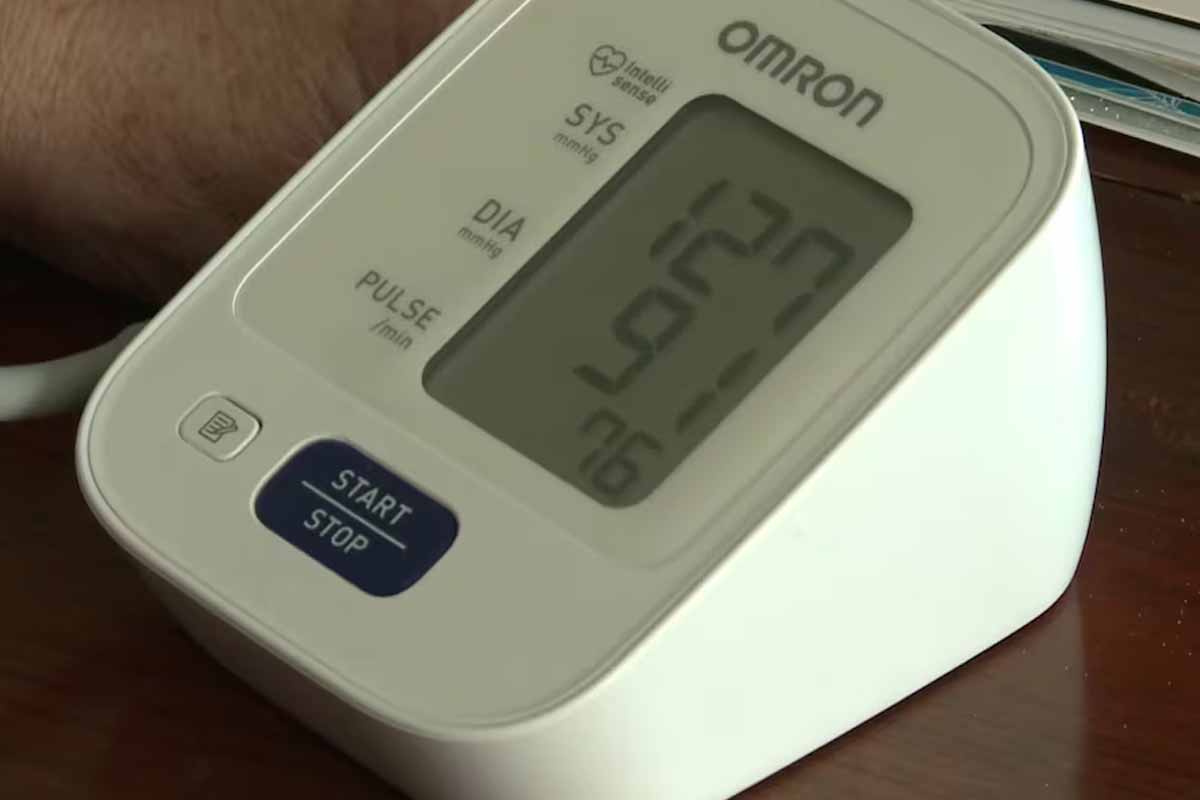, AHA guidelines just got an update, and it changes the conversation around blood pressure. If your cuff numbers wobble, you’re not alone. Nearly half of American adults live with hypertension or its doorstep. That’s a lot of buzzing monitors and skipped follow-ups. Let’s cut the noise and make a plan that suits a real life.
AHA guidelines
The categories stay familiar, which keeps things simple. Under 120/80 mm Hg is normal. Systolic 120–129 with diastolic under 80 is elevated. Stage 1 lands at 130–139 or 80–89. Stage 2 starts at 140 or 90 and up. Same ranges as 2017, so no number shock. The shift sits in what happens earlier.
Lifestyle moves still lead: better eating, regular activity, weight that supports your heart. Medication can join the team sooner for some folks. That early assist isn’t a failure. It’s a seatbelt. When your life is busy and stress runs high, a steady plan matters more than pride. The AHA guidelines push us toward action you can keep doing next week.
What “Early” Really Means
Think of your risk like a weather map, not a single temperature. The new playbook uses PREVENT, a smarter risk calculator. It blends heart, kidney, and metabolic signals into one picture. That matters for people with borderline numbers and stacked risk. Two people at 130/85 can carry very different futures. The AHA guidelines ask clinicians to read the whole map, not just today’s reading. If your risk runs high, medicine may start sooner. Short walk, simple pillbox, less drama in the long run.
No guesswork about memory either. Fresh research ties sustained high pressure to cognitive decline and dementia. Brains like steady blood flow. Protecting your arteries protects your thinking. Hearing that can sting. It also sharpens the why behind your daily routines. Small, boring choices suddenly feel heroic.
How Care Is Evolving
The lab work gets a tune-up too. Kidney health joins the front row for initial checks. That makes sense, since kidneys and pressure dance together. Catch strain early, spare trouble later. Treatment options widen beyond the usual suspects. Some newer GLP-1 medications can help when excess weight and hypertension travel together. Weight comes down, pressure follows, energy rises. Not a magic wand, a tool. Your clinician weighs trade-offs, other meds, budget, and your goals. The AHA guidelines keep lifestyle in the spotlight even with prescriptions. Think plate pattern, not perfect diet.
Colorful vegetables most days. Lean proteins you actually enjoy. Whole grains that don’t bore you. Salt awareness without food fear. Daily movement that fits your rhythm walks, bikes, light lifts, dance in the kitchen. Sleep that lets your nervous system exhale. Stress relief you will actually do, not just promise. Consistency wins more than intensity.
Turn Numbers Into a Life You Like
Let’s map this to a week that looks like yours. Pick a morning for home readings, same time, same posture. Two numbers, one minute apart, logged on your phone. Trends tell the story better than one spike. Share them at visits, along with how you feel. Headaches, lightheaded moments, swelling, breathlessness none are overreactions. They’re data points. If you start a medication, check in about side effects early. Dry cough, ankle swelling, extra bathroom trips say it out loud. There are alternatives.
The AHA guidelines encourage dialing therapy to your body, not the other way around. Build tiny anchors into your day. Fill the pillbox during Sunday coffee. Walk fifteen minutes after dinner, not someday, tonight. Keep a grocery list with easy wins: bagged greens, frozen berries, tuna, olive oil. Line up pleasures that don’t spike stress. Good music, calls with friends, hobbies that absorb you. On tough weeks, aim for “good enough” instead of perfect. If your numbers creep, call before you spiral. You’re allowed to ask for help. You deserve care that feels human.
The Point of All This
Hypertension leads the charts for deaths here and worldwide. That stat lands heavy, yet it’s also your invitation. Early steps bend the curve in quiet ways. You spend less time in waiting rooms and more time on your life. Ask your clinician to walk through your risk with PREVENT. Set a goal that fits the season you’re in. Maybe it’s ten pounds over six months, maybe it’s two extra walks a week. Maybe it’s trimming booze on weeknights. Every adjustment counts. The AHA guidelines aren’t a scold; they’re a nudge toward steadier days.
You don’t need to overhaul everything by Friday. And you need momentum and a team that listens. Your heart is listening too. Give it steady work, steady rest, steady care. The payoff is hours you actually want to live clearer head, calmer mornings, better sleep. Start small, start honest, start now. I’m rooting for you.
